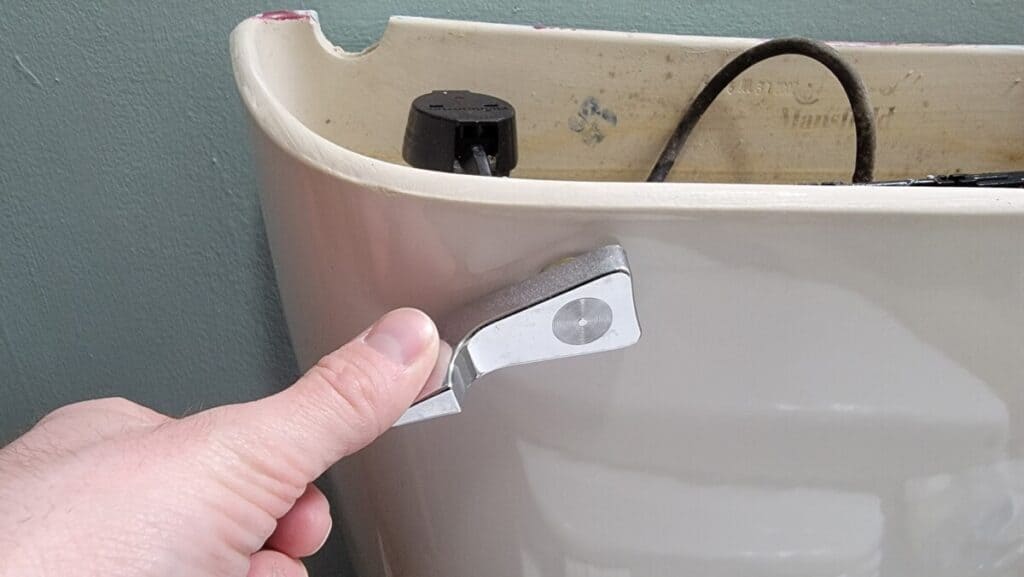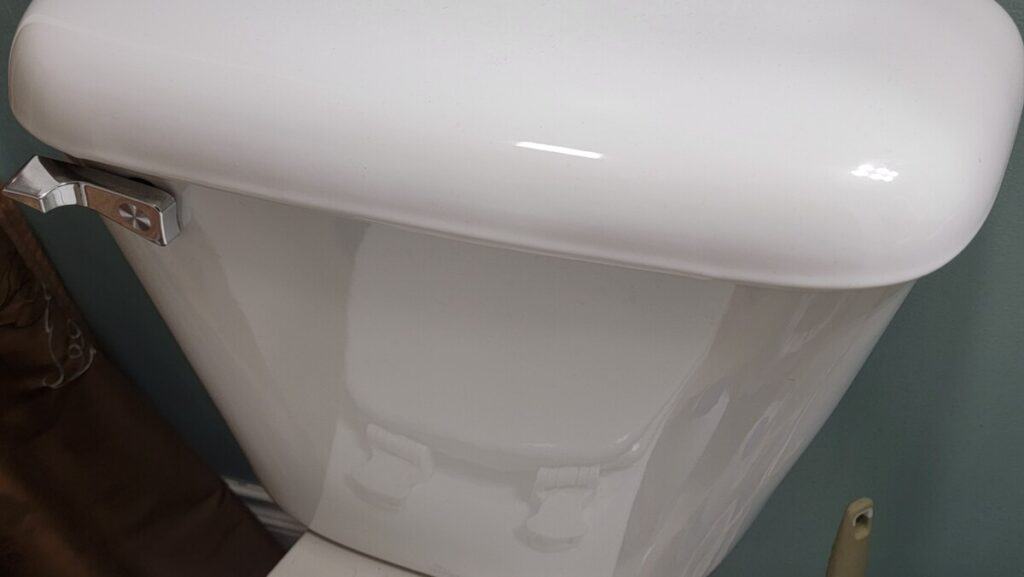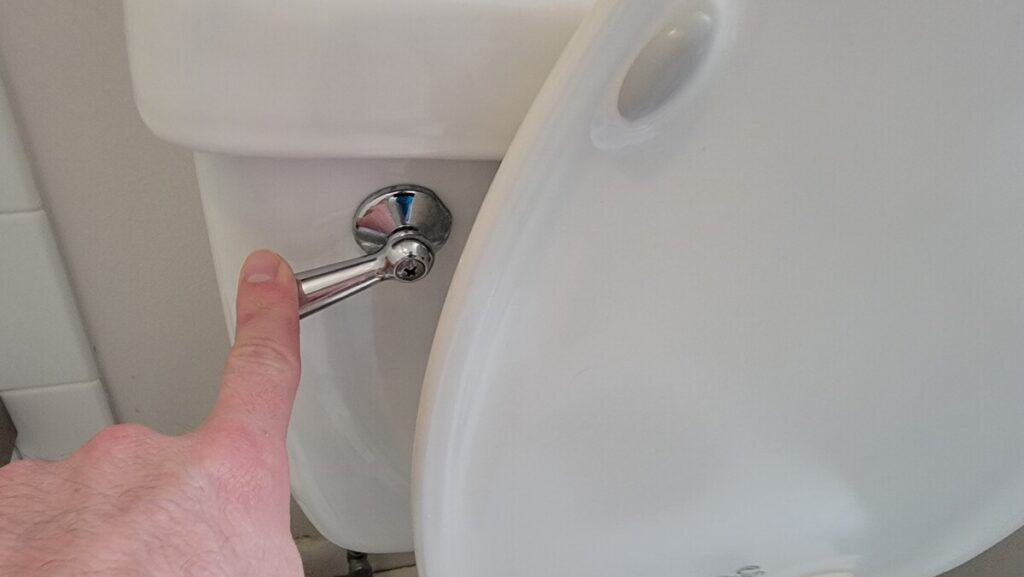Top 8 Reasons for Water on the Floor Around Your Toilet
Finding water on the floor around your toilet can definitely be concerning, but before you panic it’s essential to identify the cause of the problem, as it may not be as extreme as you think. Once you identify the issue, you’ll be able to fix the issue promptly to prevent further damage.
Water pooling up around your toilet from a leak can lead to unsanitary conditions, structural damage, and costly repairs, or it could be something very benign. In the span of 10 years working in maintenance at a property with over 250 toilets, I have come across this specific problem on numerous occasions. In this article, we’ll explore the common reasons for water on the floor around your toilet and how to address each problem.
1. Loose or Damaged Wax Ring
The wax ring sits between the toilet and the flange on the floor, creating a watertight seal. Over time, the wax ring can become loose or damaged, leading to unsanitary leaks as newly flushed waste will start to make its way out from underneath the base of the toilet:
- Signs: Water seeping from under the toilet’s base or a foul odor may indicate a compromised wax ring.
- Solution: Replace the wax ring by first turning off the water supply, flushing what’s left in the reservoir, using a wet/dry shop vac to suck up any remaining water in the bowl and tank, disconnecting the water line, and removing the toilet. Scrape off the old wax ring, install a new one, and reassemble the toilet.
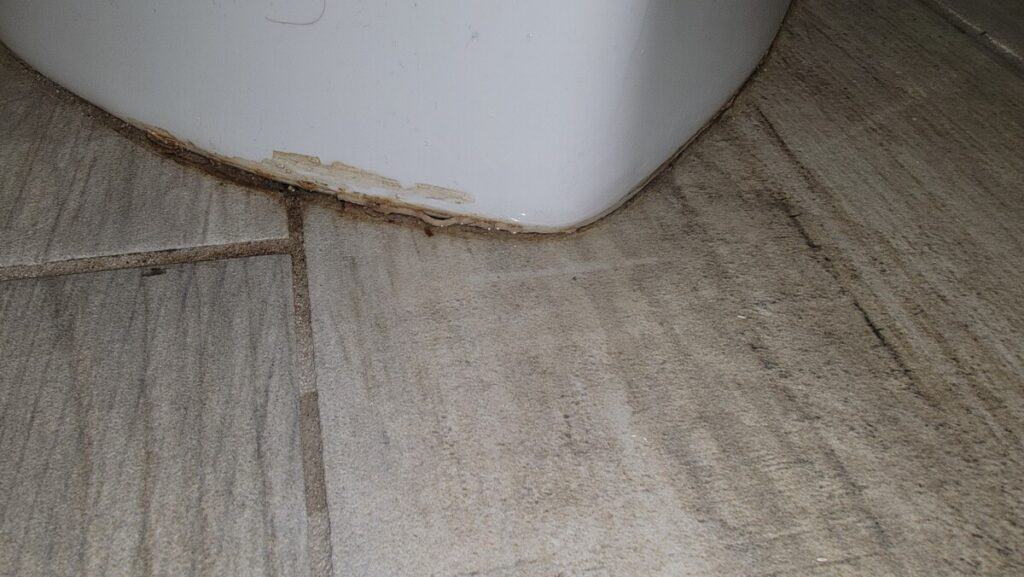
2. Cracked Toilet Tank or Bowl
A cracked tank or bowl can cause water to leak onto the floor:
- Signs: Look for visible cracks in the porcelain or water pooling around the base of the toilet.
- Solution: Unfortunately, fixing a cracked toilet tank or bowl typically requires a full replacement of the toilet. Consult a plumber or trusted handyman if you’re unsure about the extent of the damage or of how to conduct a replacement.
3. Condensation on the Toilet Tank
In humid environments or during hot weather this is very common since the water in the toilet’s reservoir tank is cold. From my years of doing maintenance, this was one of the most common issues. Condensation can form on the exterior of the toilet tank, just like water beading up on an ice cold beverage on a hot summer day, and drip onto the floor:
- Signs: Moisture on the outside of the reservoir tank or water pooling around the base of the toilet or even a few inches away from the toilet itself, primarily during hot or humid conditions.
- Solution: Improve ventilation in the bathroom, use a dehumidifier, or consider installing an insulated toilet tank to reduce condensation. Luckily, this is just clean water dripping on the floor and isn’t unsanitary, in and of itself.

4. Leaking Supply Line or Shut-Off Valve
A loose or damaged supply line or shut-off valve can cause water to leak onto the floor:
- Signs: Water dripping from the supply line or valve (which is the valve behind and below the toilet against the wall), or water pooling near the wall behind the toilet.
- Solution: Tighten the connections or replace the supply line or shut-off valve if necessary. Please call a licensed plumber or trusted handyman if you feel uncomfortable with this process.

5. Loose Toilet Tank Bolts
Toilet tank bolts secure the tank to the bowl and should have rubber washers to prevent leaks. Loose or damaged bolts, or rotted washers can cause water to seep onto the floor:
- Signs: Water dripping from the point where the reservoir tank and bowl connect, or wet bolts. There are generally three to that secure the tank to the toilet.
- Solution: Tighten the bolts gently, being careful not to over-tighten and crack the porcelain. Replace the washers or bolts if they appear damaged.
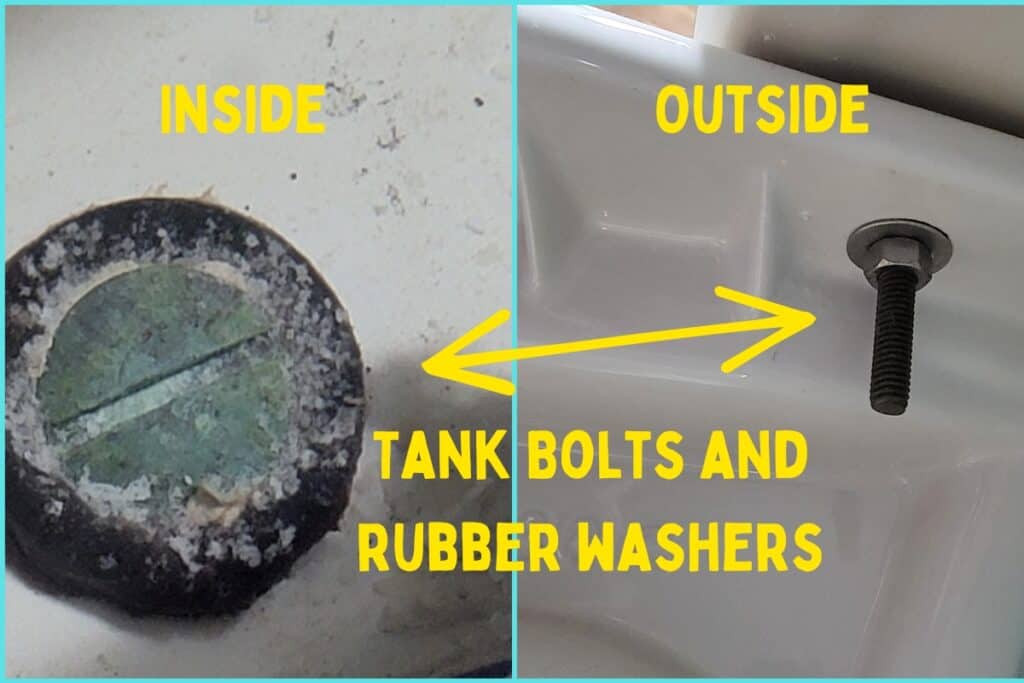
6. Malfunctioning or Leaking Fill Valve Assembly
The fill valve controls the water flow into the toilet tank, and if it’s malfunctioning or leaking, it can cause water to overflow or pool around the toilet. There’s also often a hose which leads from the fill valve and sometimes becomes disconnected on one end or the other which will result in water spraying in an unintended direction. When I was in maintenance, this was a very common occurrence:
- Signs: Water overflowing from the toilet tank or pooling around the base of the toilet.
- Solution: Adjust the float on the fill valve to lower the water level so that it stops 1 inch below the top of the overflow tube, reconnect the fill valve hose that may have become disconnected, or replace (or clean) the fill valve if it’s damaged or leaking.
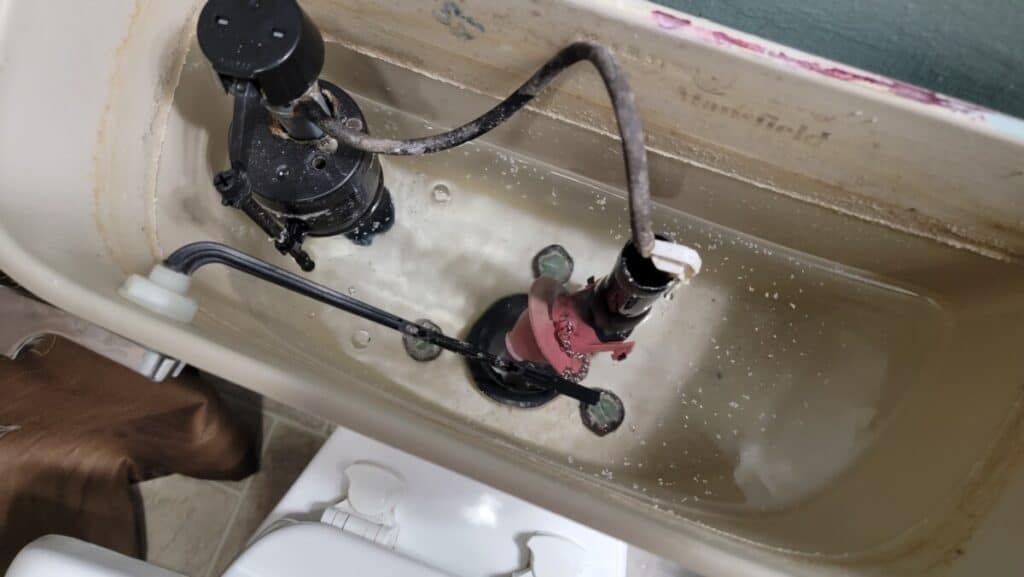
7. Damaged or Worn Flapper
The flapper is the rubber seal at the bottom of the toilet tank that opens when you flush and closes to refill the tank. A damaged or worn flapper can cause water to leak into the toilet bowl and onto the floor. Also a flapper with mineral deposits on it (or the surface underneath that it mates with) can cause it to not seal properly:
- Signs: A constantly running toilet or water trickling from the tank into the bowl when not in use.
- Solution: Clean or replace the flapper or the entire flush valve assembly, depending on the extent of the damage.
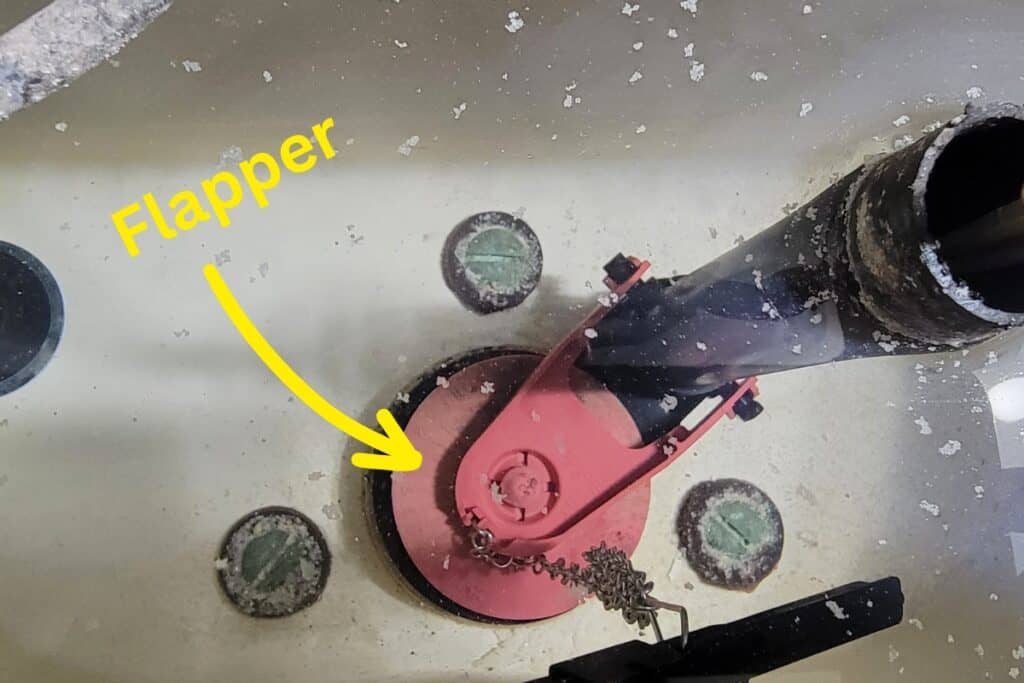
8. Overflowing Toilet Bowl
An overflowing toilet bowl can result from a clog in the drainpipe or an issue with the sewer line:
- Signs: Water overflowing from the toilet bowl when flushed, slow draining, or gurgling sounds from the toilet.
- Solution: Use a plunger or toilet auger (or toilet snake if the blockage is further than a few feet) to clear any clogs in the drainpipe. Also, you can check the vent pipe on the roof to make sure it hasn’t become obstructed, which will affect a toilet’s ability to flush. If the problem persists, consult a plumber to inspect and address issues with the sewer line.

Preventative Measures
To avoid water leaks and damage around your toilet, consider the following preventative measures:
- Perform regular inspections: Check for signs of leaks, condensation, or damage to the toilet components. Address any issues promptly to prevent more significant problems.
- Maintain your toilet: Replace worn or damaged parts like the flapper, fill valve, or wax ring as needed. Tighten bolts and connections periodically to ensure a secure fit.
- Keep your bathroom well-ventilated: Good ventilation can help reduce condensation on the toilet tank and lower the risk of water pooling around the toilet.
Final Takeaways
During my years of doing maintenance, the most common reasons for water being found on the floor near the toilet were due to condensation dripping down from the reservoir tank, or from a fill valve hose that became disconnected and was spraying the bottom of the lid to the reservoir tank and was dripping down.
Water on the floor around your toilet can be caused by a variety of issues, from a damaged wax ring to a cracked toilet bowl. Identifying the cause and addressing it promptly is essential to maintaining a clean, functional, and safe bathroom environment. By regularly inspecting and maintaining your toilet, you can catch issues early and avoid more significant damage or costly repairs.



